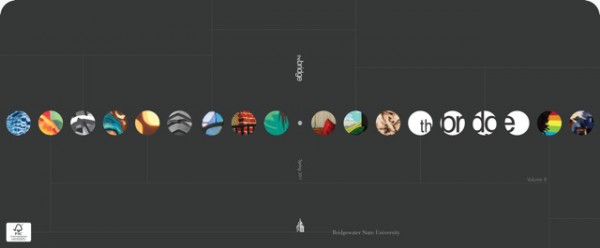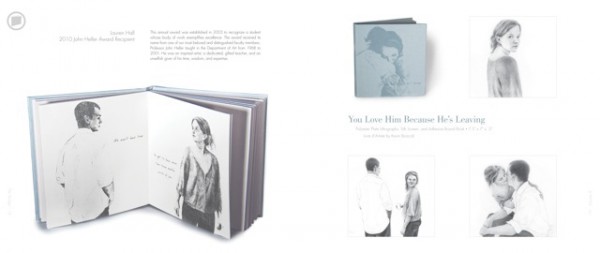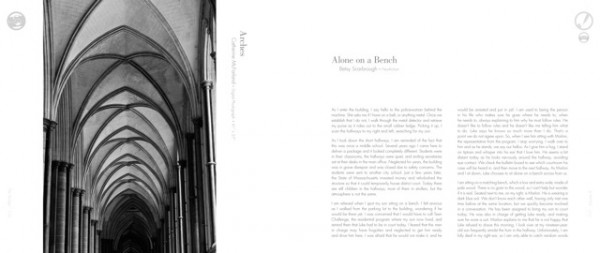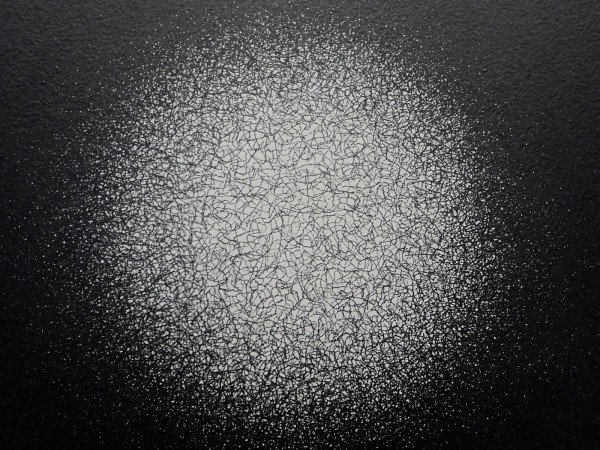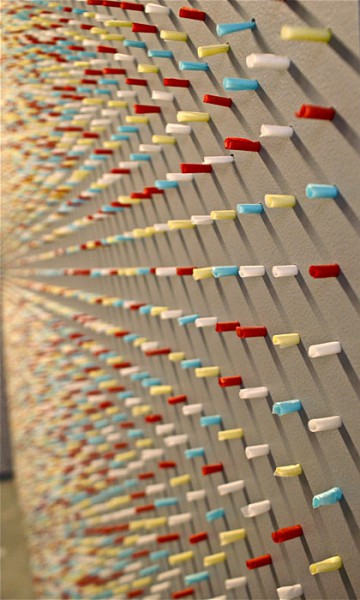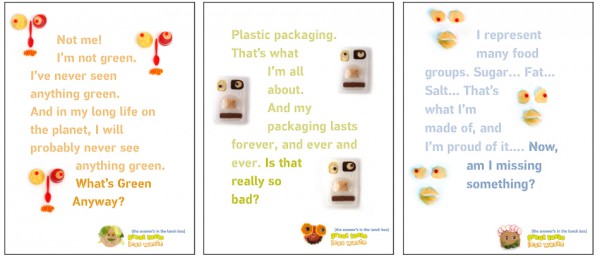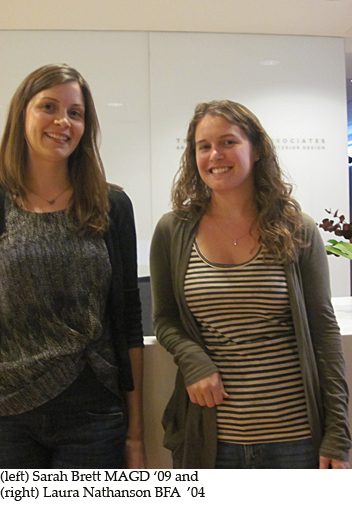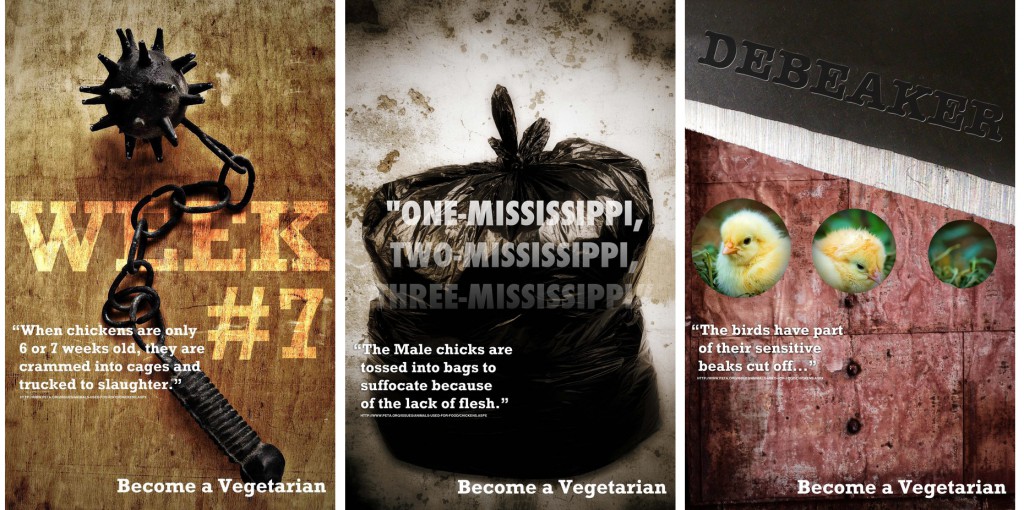Nick DiStefano, a Masters student at NESAD, had his packaging design work featured on thedieline, a popular packaging design blog.
Nick talks about some of the challenges he faced with packaging design that differs from print or web, “One of the challenges was dealing with the different planes of each package, keeping them consistent…There’s more of a physical experience involved too, and one of the challenges was carrying over and adapting the design as one would open each package; what information or imagery can be revealed as it opens and how it relates to what you see when you first encounter it closed.”
Nick’s packaging line was inspired by his art history background and Italian heritage. The brand name, Novecento, means twentieth century in Italian.
“I love turn of the century art, and from there I started looking at Italian travel posters from the period, especially the more graphic ones that would reduce the essence of the place they were promoting into something simple, but still able to show what they represent.”
Using that same idea of reducing something down to its essence, Nick designed icons for each package in the Novecento line that represented the product inside. Nick describes, “Even if you can’t see the text, I wanted someone passing them by to be able to see those illustrations and recognize what they were, or at least get an idea of what they were about, like using the cow to symbolize milk, or conveying spinning for the writable discs.”
The icons also give each package personality and act as an attention grabber.
You can view more of Nick’s work here.


